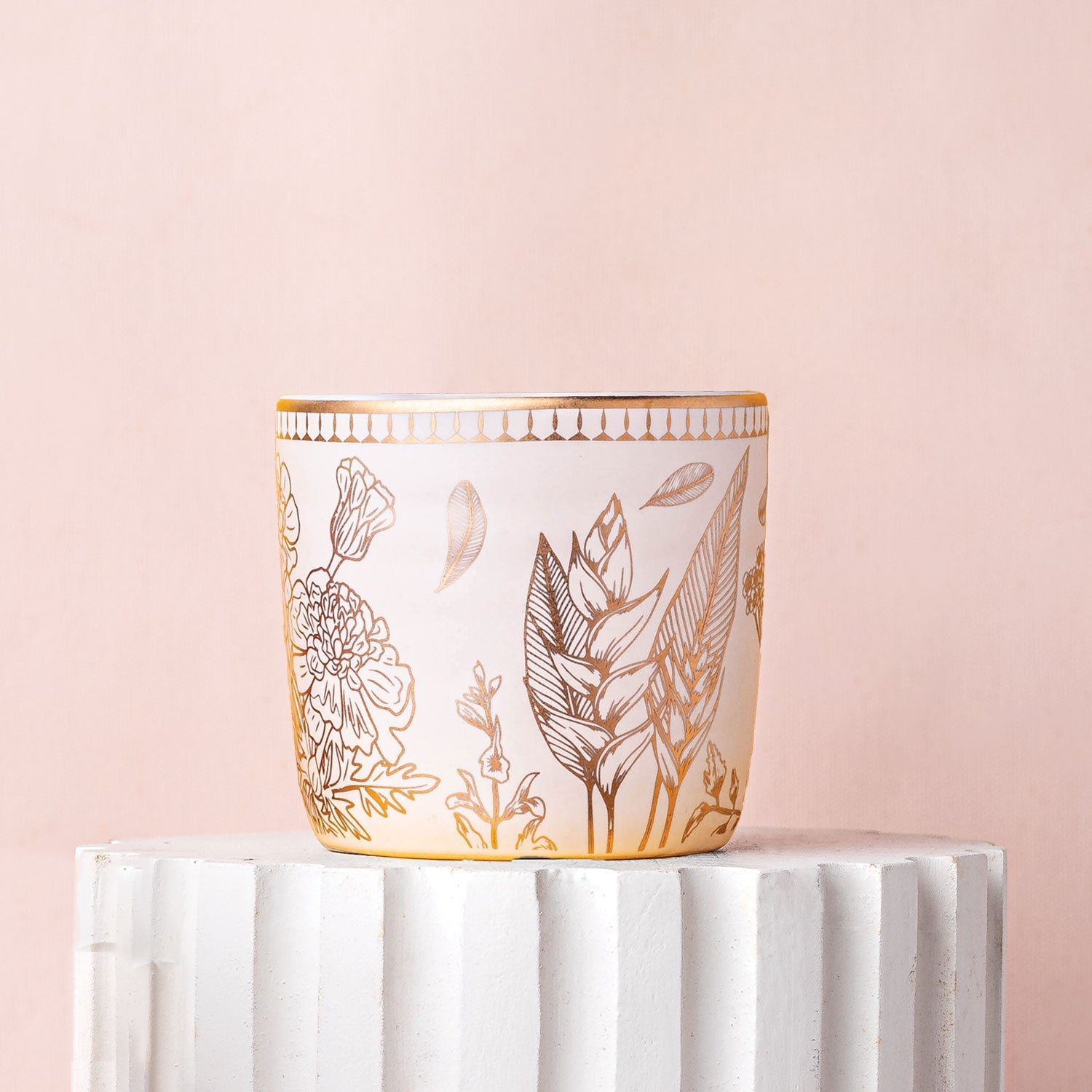Legends & Myths Surrounding Tea
The love for tea did not start a few decades ago. People have been consuming it since the Chinese discovered it nearly 5,000 years ago. A Chinese Emperor Shen-Nun, known to be a divine healer, discovered the tea when he blew it accidentally into boiling water. That was in 2737 BC.
The Chinese Legend states that emperor Shen-Nung discovered tea accidentally around 3,000 BC. The emperor and his entourage camped in the shade of a huge tree, made a fire and prepared a large pot with boiling water. The heat emanating from the flames made some leaves dry out. A gush of wind blew some of them into the large pot with hot water. The leaves introduced a golden colour in the water and released a delicious scent. When the emperor tried to drink the water, the delicious taste and scent delighted him. He immediately recognized the invigorating and refreshing effect and shouted “T’sa”, which means godlike. The Chinese adopted “cha” as the name for tea and they use it including today. The unearthed tombs of the Han Dynasty, which ruled between 206 BCE to 220AD, had containers people used to drink tea.
Tea started gaining popularity during the reign of the Tang Dynasty between 600 and 900 AD. People established the structure of tea ceremonies for settlements and peace initiatives. This helped drive the culture of tea. It went on to become an important aspect in the Chinese culture and influenced the Tang rulers to declare tea as China’s national drink. The Chinese attribute much of the cultural integration to Lu Yu, a Buddhist monk of the time. The monk started researching the uses of tea and its health benefits and came up with good tea brewing and consuming techniques. Because of his role in the Buddhist religion, it was easy for him to ingrate tea into many spiritual ceremonies
Indian history attributes the discovery of tea to Prince Bodhi-Dharma, an Indian saint who founded the Zen school of Buddhism. In the year 520, he left India to preach Buddhism in China. To prove some Zen principles, he vowed to meditate for nine years without sleep. It is said that towards the end of his meditation, he fell asleep. Upon awakening, he was so distraught that he cut off his eyelids, and threw them to the ground. Legend has it that a tea plant sprung up on the spot to sanctify his sacrifice. Another legend states that bodhi Dharma took a vow not to sleep for the 7 years that followed. After 5 years of remaining awake, it appeared that he could not fight the desire to sleep anymore. That made him feel desperate but he was not ready to break his vow. Possibly, to fight the stress, he grasped several branches of tea from the trees surrounding his camping area. After chewing them, Dharma experienced an invigorating and refreshing effect immediately, the tiredness evaporated and keeping his vow was now easy. Although the extent of the popularity of tea in Ancient India is unknown, the origin of tea cultivation in India is somewhat ambiguous. It is known that tea grew in the forests of India waiting to be discovered. Once it was identified by local inhabitants of different regions. Indigenous brewing techniques were adopted.
It is also believed that the first recorded reference to tea in India was in the ancient epic of the Ramayana, when Hanuman was sent to the Himalayas to bring the stimulant Sanjeevani tea plant for medicinal use.
Japan's tea journey commenced during the Nara and Heian period. Numerous envoys were sent to the courts of the Tang dynasty in China accompanied by the finest Japanese monks and scholars such as Saicho, Kukai and Eichu. They brought back tea seeds to Japan and hence the beginning of the Japanese tea saga. In the early heian period, Emperor Saga encouraged the cultivation and drinking of tea across the country. Tea drinking was first referred to in 815 in Japanese literature. The Nihon Koki chronicles that tea drinking was a privilege meant only for the royals and noblemen of that era. The Zen monk Eisai (1141–1215), founder of the Rinzai school of Buddhism, is generally credited for popularizing tea in Japan. In 1191, Eisai returned from a trip to China and brought back tea seeds which he planted on the island of Hirado, and in the mountains of Kyushu He also gave some seeds to the monk Myoe, abbot of the Kozan ji temple in Kyoto. Myōe planted these seeds in Toganoo and Uji, which became the sites of the first large scale cultivation of tea in Japan. In 1211, Eisai wrote the first edition of the Kissa Yōjōki (Drink Tea and Prolong Life), the first Japanese treatise on tea. The Kissa Yōjōki promotes the drinking of tea for health purposes. It opens with the statement that "Tea is the most wonderful medicine for nourishing one's health; it is the secret of long life." Eisai was instrumental in introducing tea consumption to the samurai class. He presented a version of his Kissa Yōjōki in 1214 to shogun Minamoto no Sanetomo, who had been suffering from a hangover after drinking too much sake. Eisai also served tea to the young shōgun. Zen Buddhism, as advocated by Eisai and others, also became popular during this period, particularly among the warrior class.
It is safe to say the legends and myths surrounding teas were born and bred in Asia, The birthplace of Tea. The stories brought down through history signify an intrinsic connection between the leaf and various cultural traditions across many countries in this continent. The west helped establish trade and exposure worldwide. All mythical stories and legends are born out of something unique and truthful. The Dutch and the British were wise to pay heed to these legends and discover the wonders of the leaf before most and the rest they say is history.








